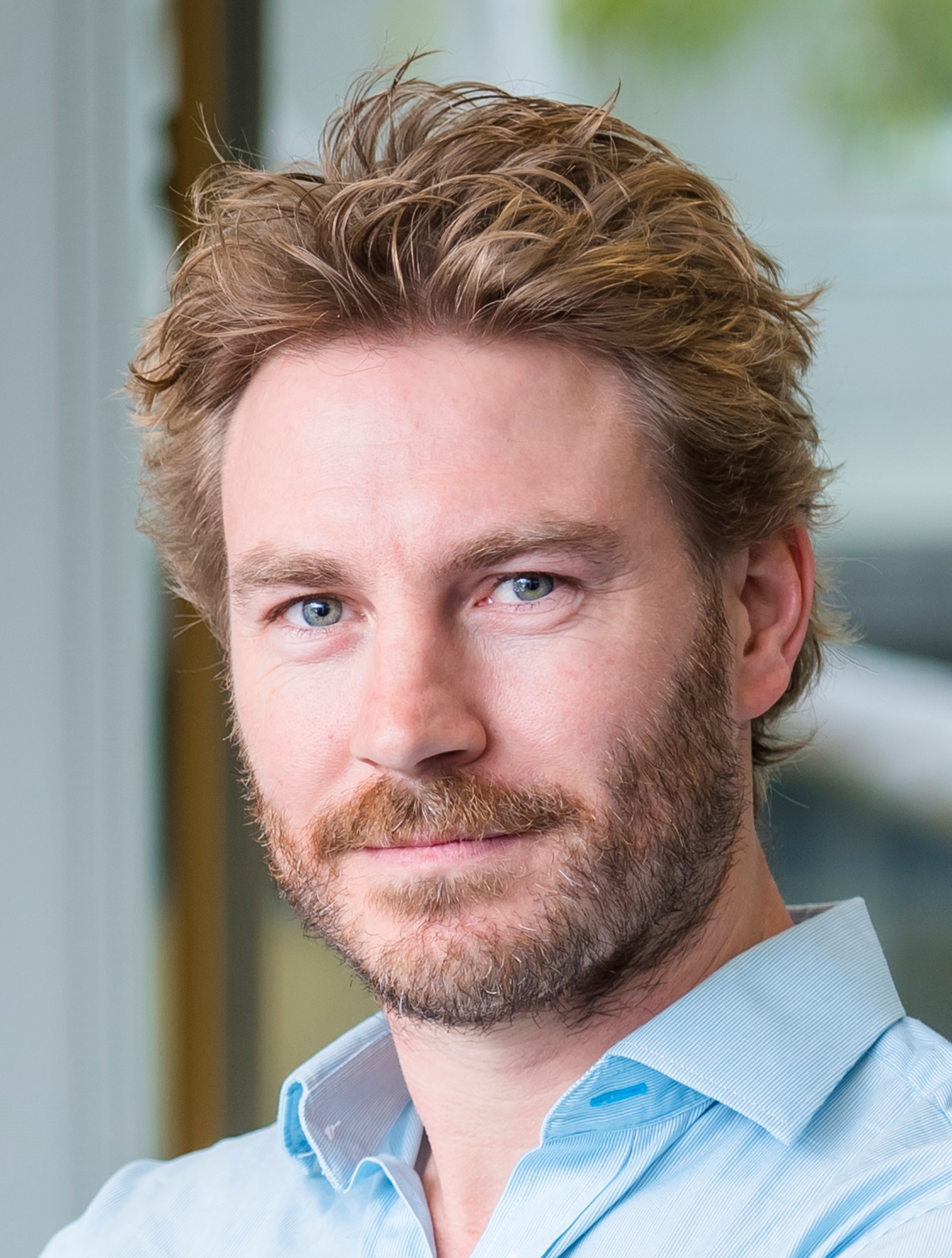Professor Nicholas Opie receives the National Foundation for Medical Research and Innovation (NFMRI)’s 2022 Dr John Raftos AM Award for Advancing Innovation
Professor Nicholas Opie, Department of Medicine, is the recipient of the National Foundation for Medical Research and Innovation (NFMRI)’s 2022 ‘Dr John Raftos AM Award’ for Advancing Innovation.

Pictured: Professor Nicholas Opie, Laboratory Head of the Vascular Bionics Laboratory, Department of Medicine, University of Melbourne co-founder of neurovascular bioelectronics medicine company, Synchron.
The Board of NFMRI awarded the medal to Professor Opie following his outstanding contribution to biomedical innovation advancement with the StentrodeTM developments.
Professor Opie’s project received funding in 2017- 2018 from NFMRI to support safety validation of the StentrodeTM, which was developed in partnership with Associate Professor Thomas Oxley at The University of Melbourne.
The StentrodeTM is an “endovascular brain-computer interface” that can record electrical neural signals from within a blood vessel. This technology is designed to restore instrumental activities of daily living in people with paralysis by sensing brain activity and translating these signals into discrete electrical commands which enable direct brain control of computers and assistive technology.
Since 2019, the StentrodeTM has been successfully implanted into four participants with severe paralysis due to motor neuron disease, enabling them to control a computer with their mind. Following a brief training period, the patients were able to use the system independently and at home to communicate using emails, text and messaging applications and complete daily tasks such as online banking and shopping.
“The grant from the NFMRI helped us at a critical time in the development of the StentrodeTM and led to an increased understanding about the way BCIs can assist patients regain functional independence in their lives. We have a brilliant team of researchers and clinicians working with us to develop this technology which will truly help people with neurological disease. I am honoured to receive the Dr John Raftos AM Award for Advancing Innovation on behalf of Synchron” [Synchron | Home] Professor Opie said.
This research is now being led by the neurovascular bioelectronics medicine company, Synchron, Inc., which Professor Opie co-founded and directs with neuro-interventionist Associate Professor Thomas Oxley. Synchron is pioneering the development of Neuro Electrophysiology (NEP) solutions for a range of neurological conditions. The development of this technology platform was enabled by early funding from the U.S. Defense Advanced Research Projects Agency (DARPA) and the U.S. Department of Defense (DoD), among other competitive Australian grants. Synchron has raised over AU$70M since company formation and is poised to conduct an early feasibility study in the USA.
Through private funding and the award of competitive grants including an NHMRC Fellowship (Opie), the University of Melbourne and Synchron will continue translation of their technology to restore independence and communication to people with paralysis, while also conducting ground-breaking Australian research enhancing the capabilities of the StentrodeTM system to treat other neurological conditions such as epilepsy, depression and Parkinson’s disease.
Other key highlights arising from this grant include:
- Synchron receiving nearly $1 million in funding from the Medical Research Future Fund
- $1.5 million NHMRC grant received by the University of Melbourne to expand the clinical study of the StentrodeTM
Following the completion of a successful first-in-human trial evaluating the safety and efficacy of the StentrodeTM to restore communication and independence to those severely paralysed by enabling direct brain control of a computer, Professor Opie will be allocating his Medal prize towards expanding the potential clinical applications of his technology through development of a StentrodeTM suitable for effective cortical stimulation.
“By combining our ability to record information from the brain with technology that can deliver information to the brain, we can offer hope of treating a wide range of previously untreatable neurological conditions,” said Professor Opie.